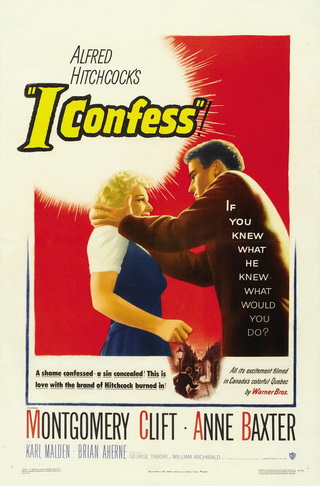When The Bad Guys Danced
(And The Dance Was No Foxtrot, Brother) -James Cagney’s “Lady Killer” (1933)-A
Film Review
DVD Review
By Alex Radley
Lady Killer, starring
James Cagney, 1933
Everybody in the old
neighborhood, the Atlantic section of Carville, the used to be “capital” of the
cranberry world now pushed west to Wisconsin and places like that, knew a guy
like Dan Quigley, the role that legendary actor James Cagney plays in the film
under review Lady Killer. Well, maybe
not everyone, but close, a guy who knows, or thinks he knows all the angles,
has the angels on his side too no matter what. A Teflon-type guy who might be
put in a spot but comes up smelling like roses.
I’ll get to Dana’s
moves, good and bad, in a moment but the character of Dana Quigley, including
the lady’s man, aspect reminded very much of Lenny Logan from down in that
Atlantic section of Carville where I grew up and who was if not my closest
friend, or me his, then we never crossed each other, and I was never directly
the butt of one of his scams, cons, brainstorms. Lenny, good-looking Lenny,
also a lady’s man was as much from what other older guys who write for this
site have called “from hunger” in declining market seasonal cranberry country.
But he always had dough from early on when he would con guys out of their milk
money by flipping “fixed” baseball cards against the schoolyard wall (until
some parents complained to the teachers and it stopped-or rather he stopped on
those particular kids). That deeply larcenous scheming heart would parlay that
kind of scam all through school including plenty of serious housebreaks which
he would plan-and others would carry out. He would, for lack of a better word,
be the “finger” man with plausible deniability in case things did not work out.
Sent more than one young woman off to “Aunt Emma” as writer Sam Lowell would
have called it in any earlier time and we said rolling our eyes “in the family
way.” Lenny, wouldn’t you know, eventually broke that bad streak by becoming a
very successful local lawyer (including being mine on a couple of occasions)
but it was, as always with guys like Lenny, a close thing.
With that kind of
character in mind let’s see what made Dana Quigley tick, how he passed his
time. Part of the problem with this particular film is that the producers or
somebody wasn’t sure which James Cagney they wanted to use. The notorious 1930s
headliner gangster from films like White
Heat in the classic age of that genre of which audiences in Great
Depression ate up like crazy or the dandy song and dance Yankee Doodle Dandy
man. As usual they went for the great test audience muddle. So they kind of put
them together and added in that street wise kick. Yeah Dana was always
hustling, nickel and dime stuff mostly until he almost drew a sucker punch when
he got conned by a dame, by a moll, twist, frail whatever you want to call a
girl ringer playing the old lost pocketbook gag luring guys in and set them up
for a beating of their worldly goods at the poker table.
But our boy Dana got
wised up quick, and despite a roomful of thugs against his small stature he
made those low-rung gangsters cry uncle-and make them plenty of dough. Of
course guys like Dana are always thinking about the next best thing which is to
make a big score-here doing cagey burglaries in Mayfair swell houses. Made a
nice racket as the pretty boy finger-man until the beef went too far and conked
too many heads, too many deaths and the future looking like the big step for
everybody unless they blow town.
That blowing town begins
the shift to the pretty boy part, to Dana’s rise as an actor out in Tinseltown,
out in Ed Rushca’s big Hollywood sign hills. While there he takes up with a
different kind of frill, a big- time movie actress. Wouldn’t you know it though
that old gang of his from back east wound up in LA, including that former love
interest moll he had been running around with and who left him high and dry
when the deal went down. The old gang figured to work that high- end burglary
scam of old with Dana in the lead. Problem: the gang, now the gang that
couldn’t shoot straight if you ask me robbed his movie star honey. Bad move.
Maybe bad move both ways. The gang sensing Dana was the weak link wanted to
waste him, put him out in the Pacific deep heading to the China seas maybe. Dana in turn, turned copper –a no-no in our
old neighborhood and by general consensus a “fink,” “rat,” “stoolie” better
left six feet under. Even Lenny understood that, maybe Lenny better than anybody
since he knew he could do whatever he wanted, whatever larceny, sex acts, etc.
he wanted and the Omerta oath of the corner boy neighborhood would protect his
young. But this is Dana remember, shades of Lenny, and so he lands on his feet.
I don’t know what to make of this film but one thing I do know I kept thinking
about Lenny all the way through the film.
You probably have your own Lenny and will too.
.jpg)


